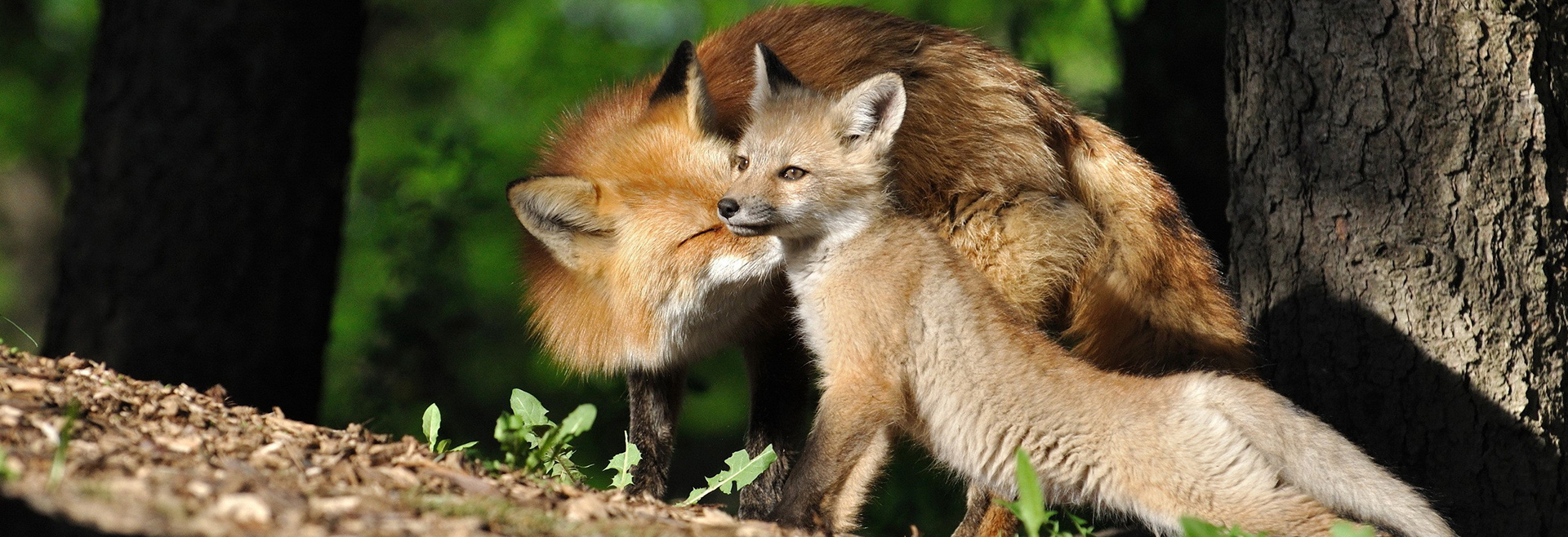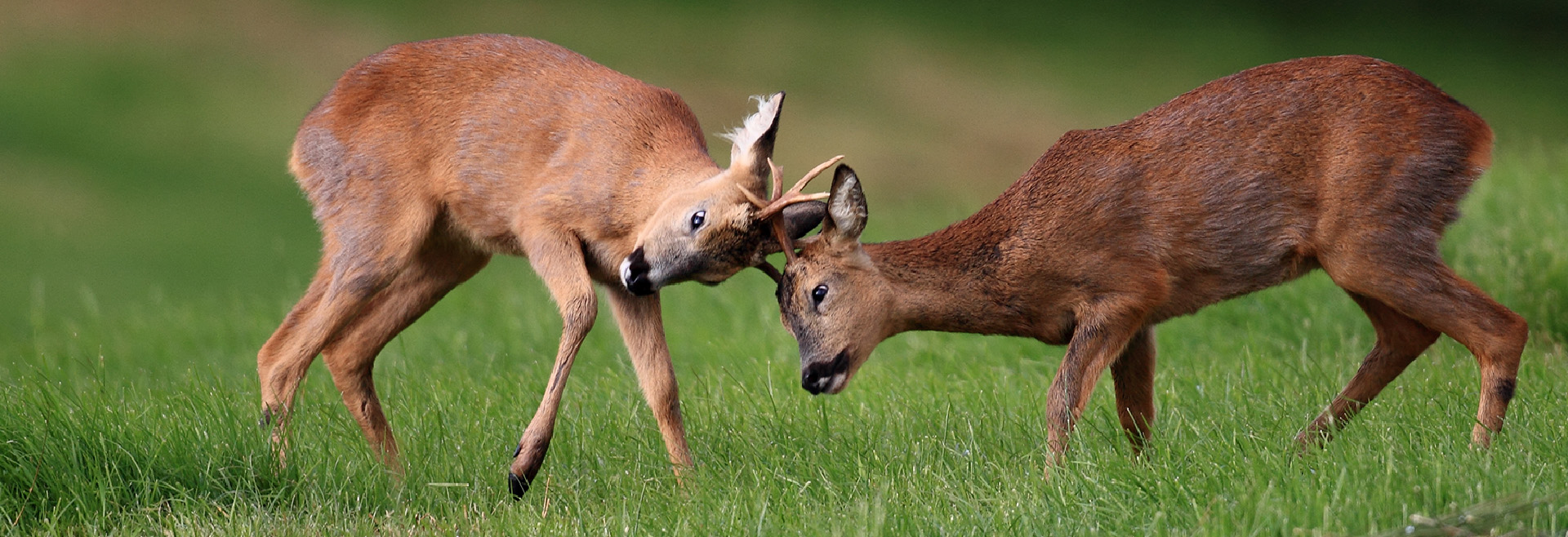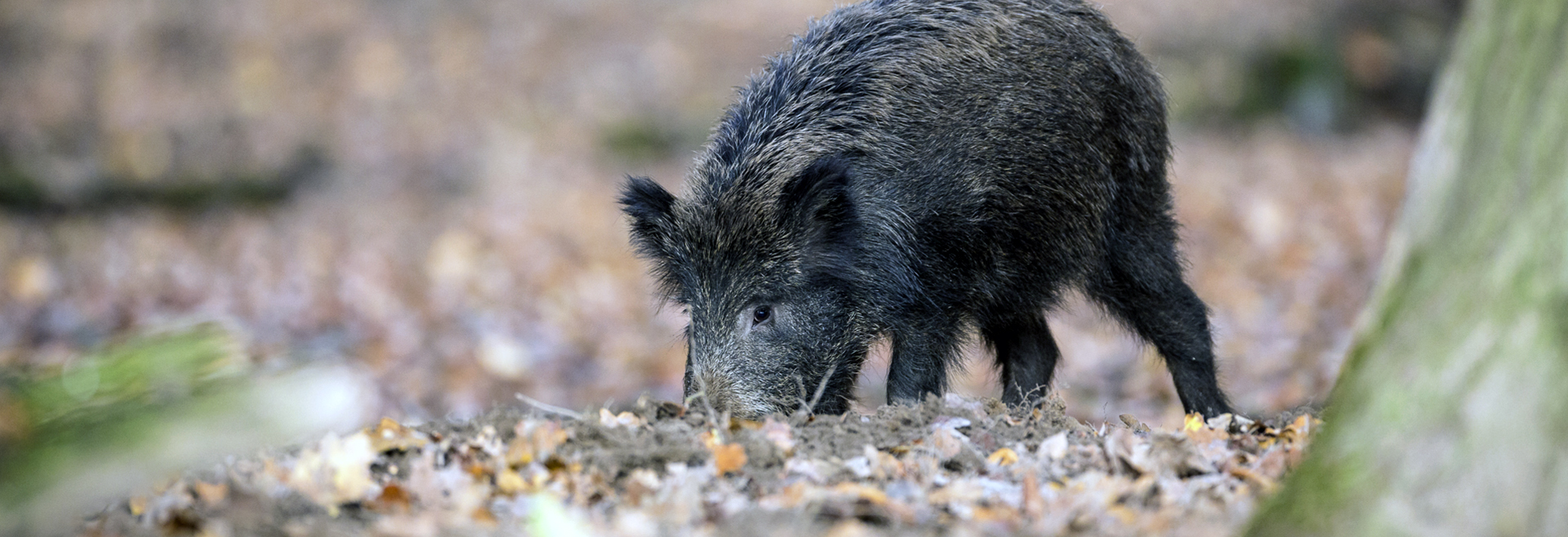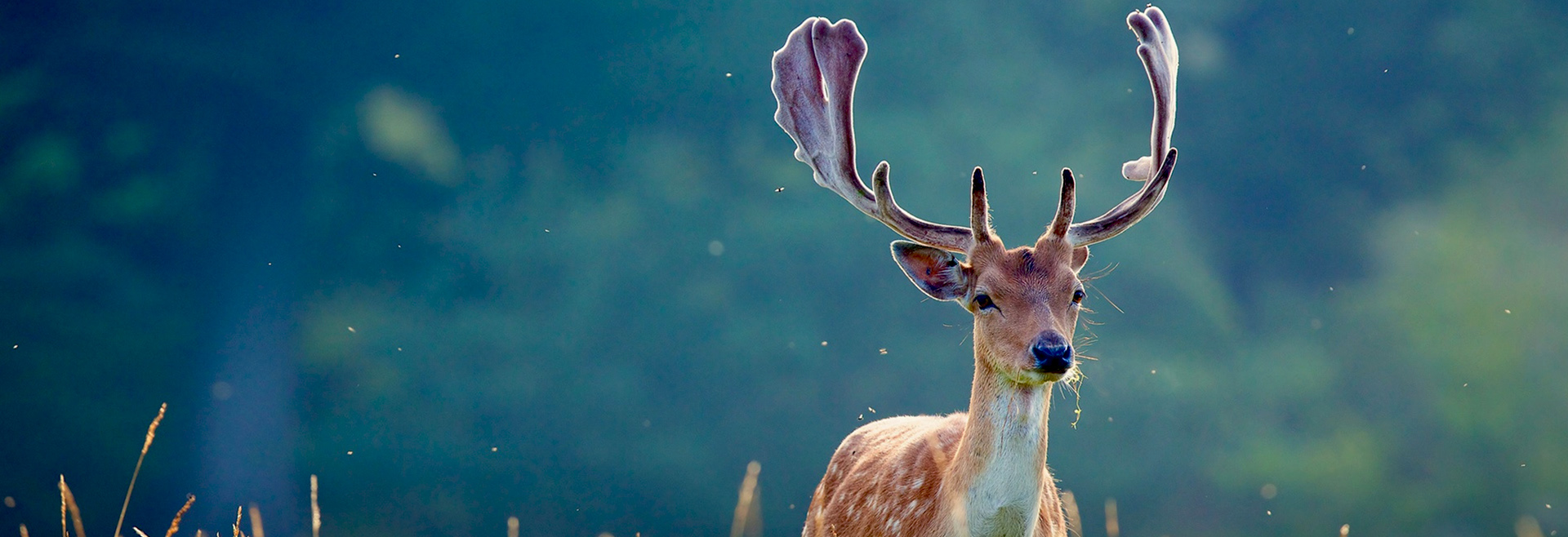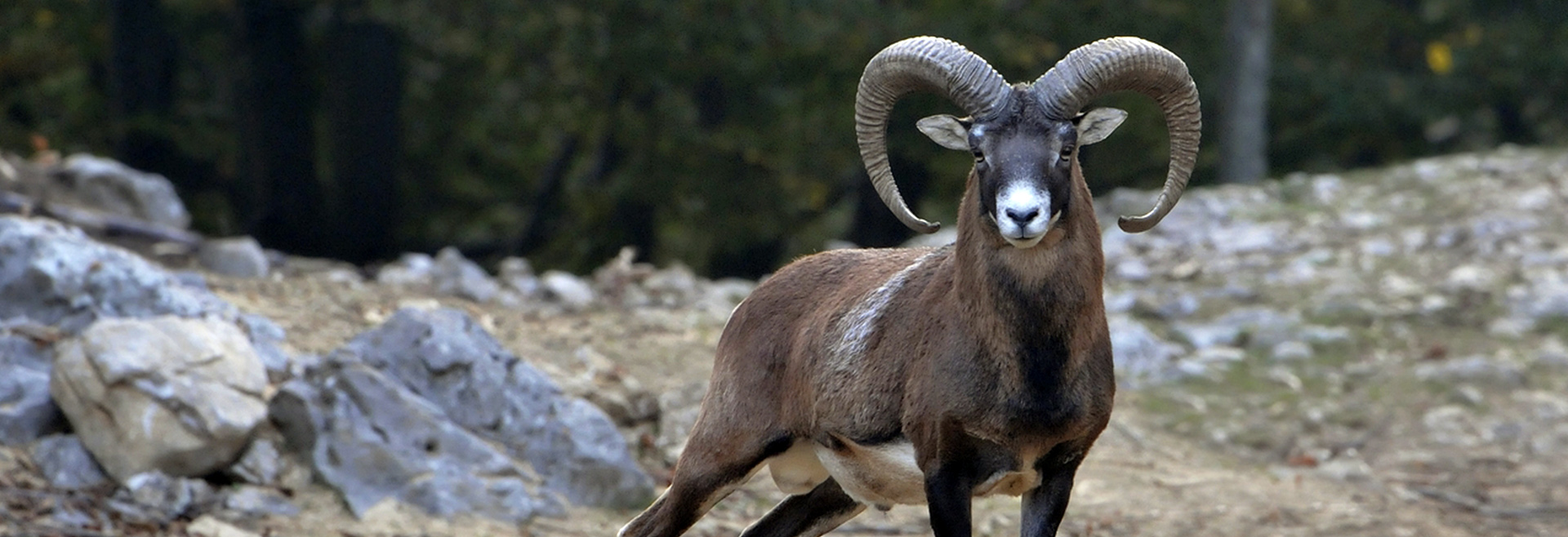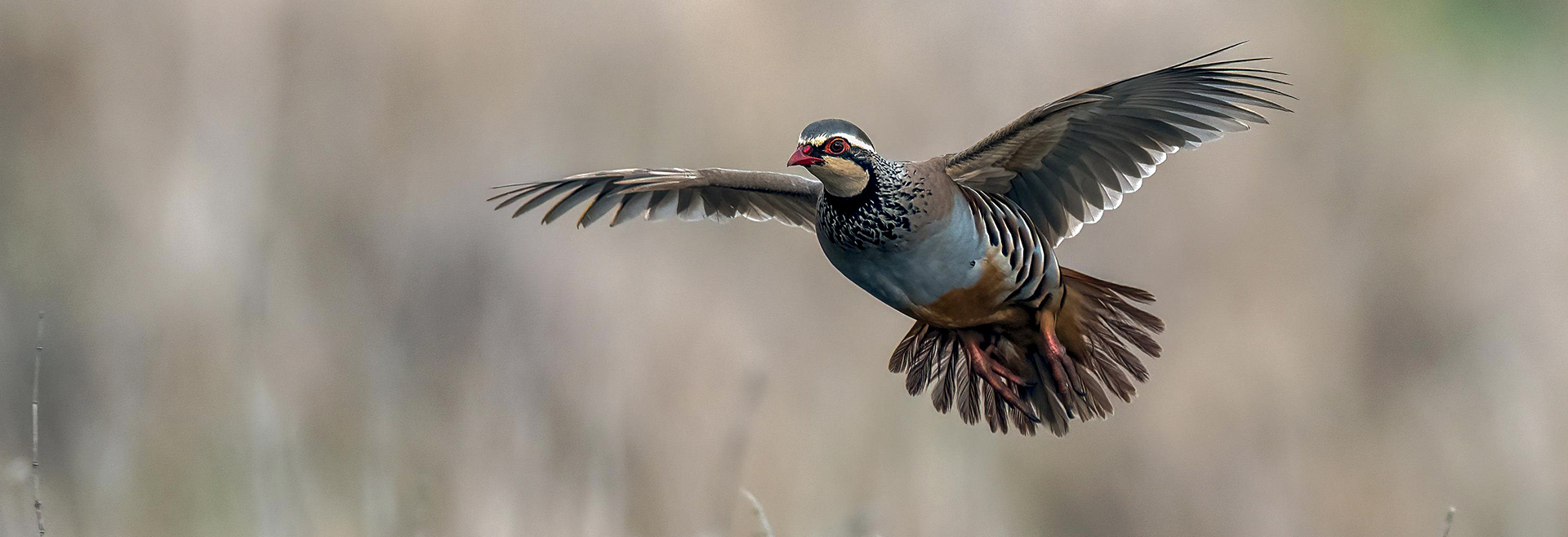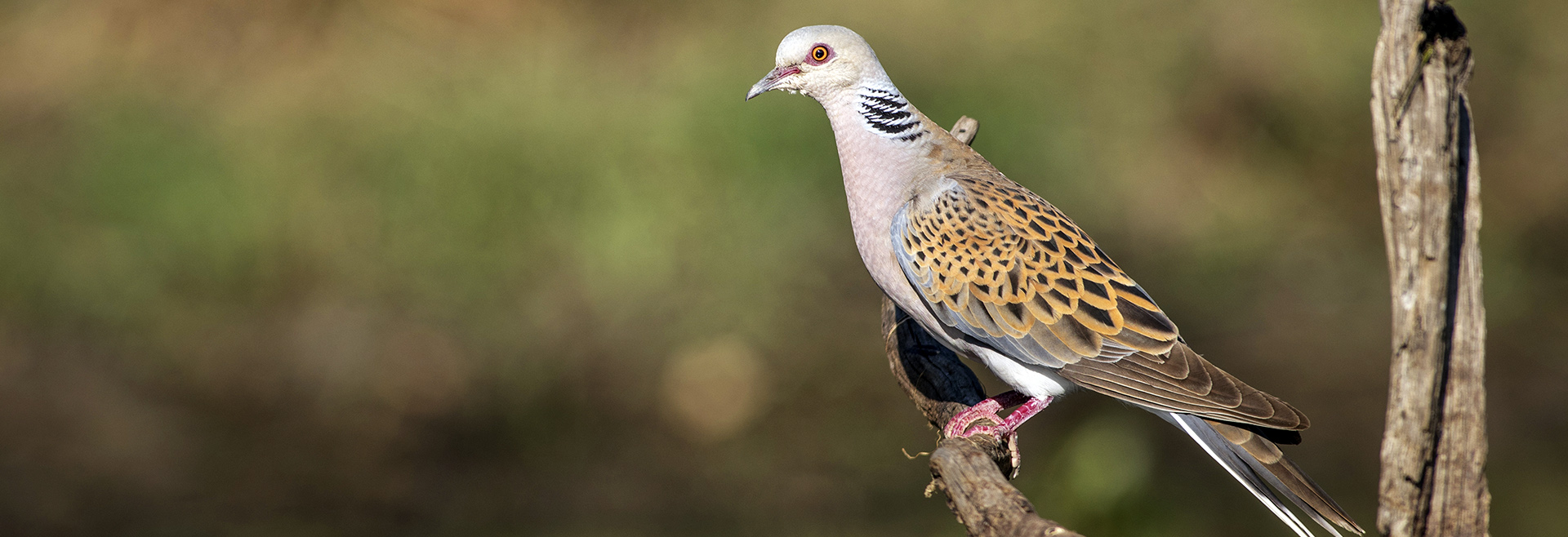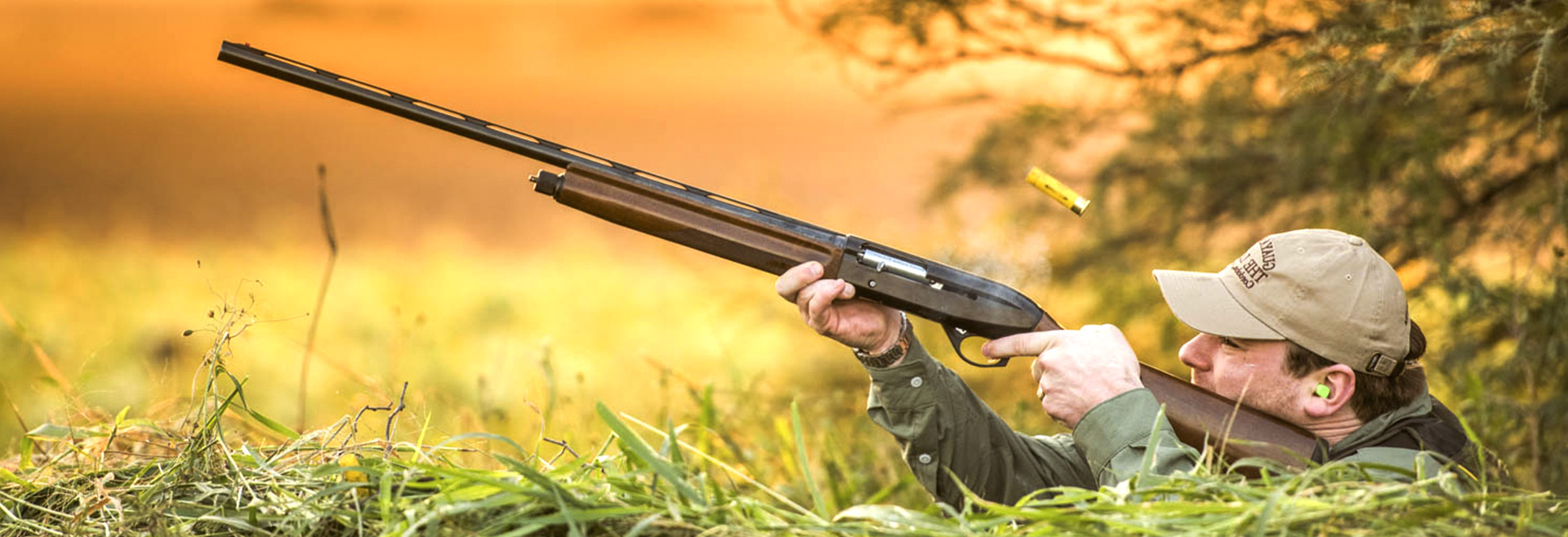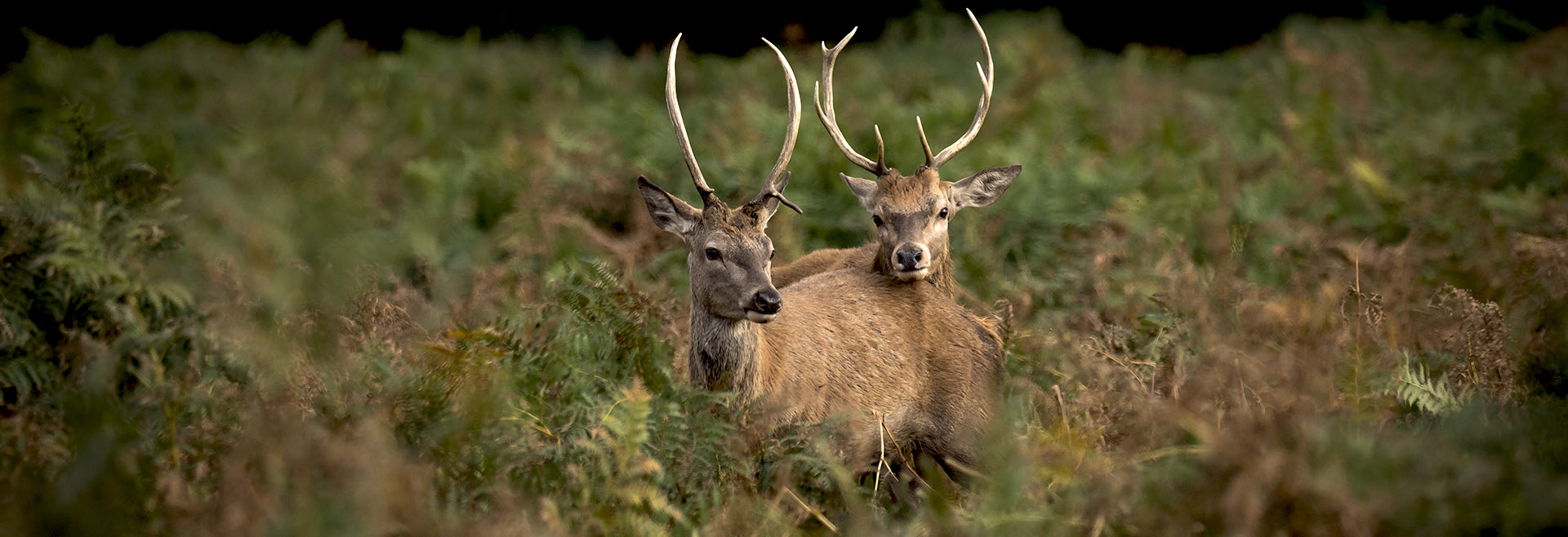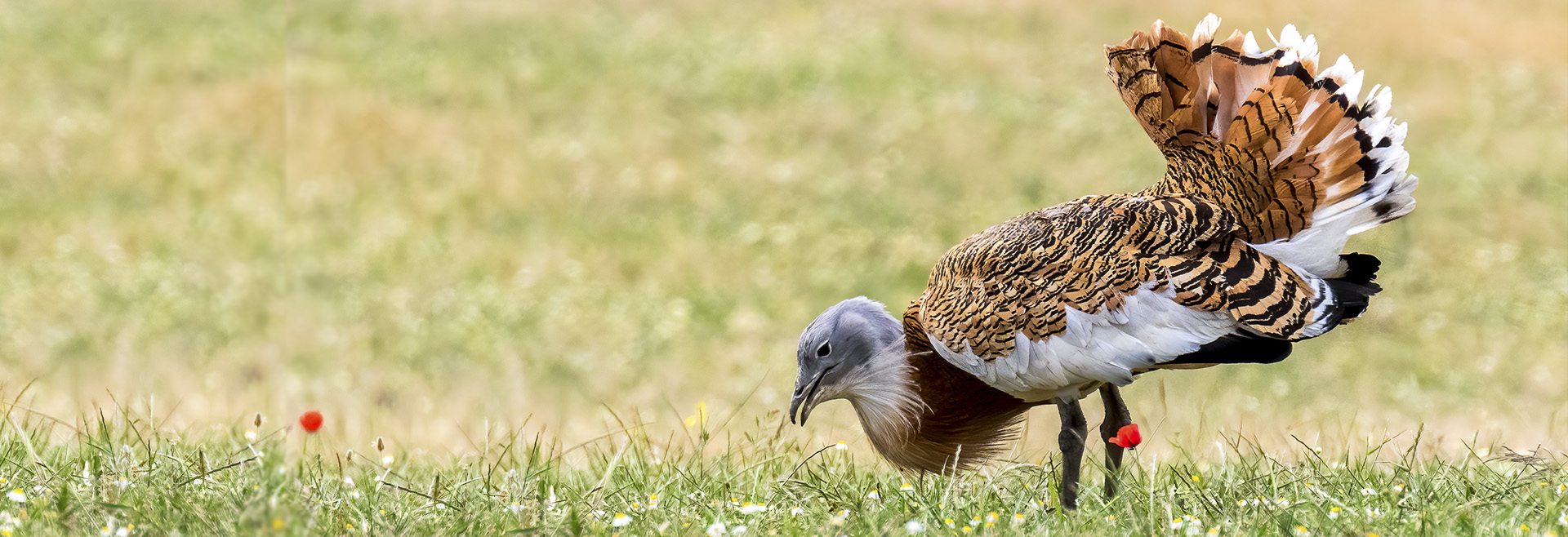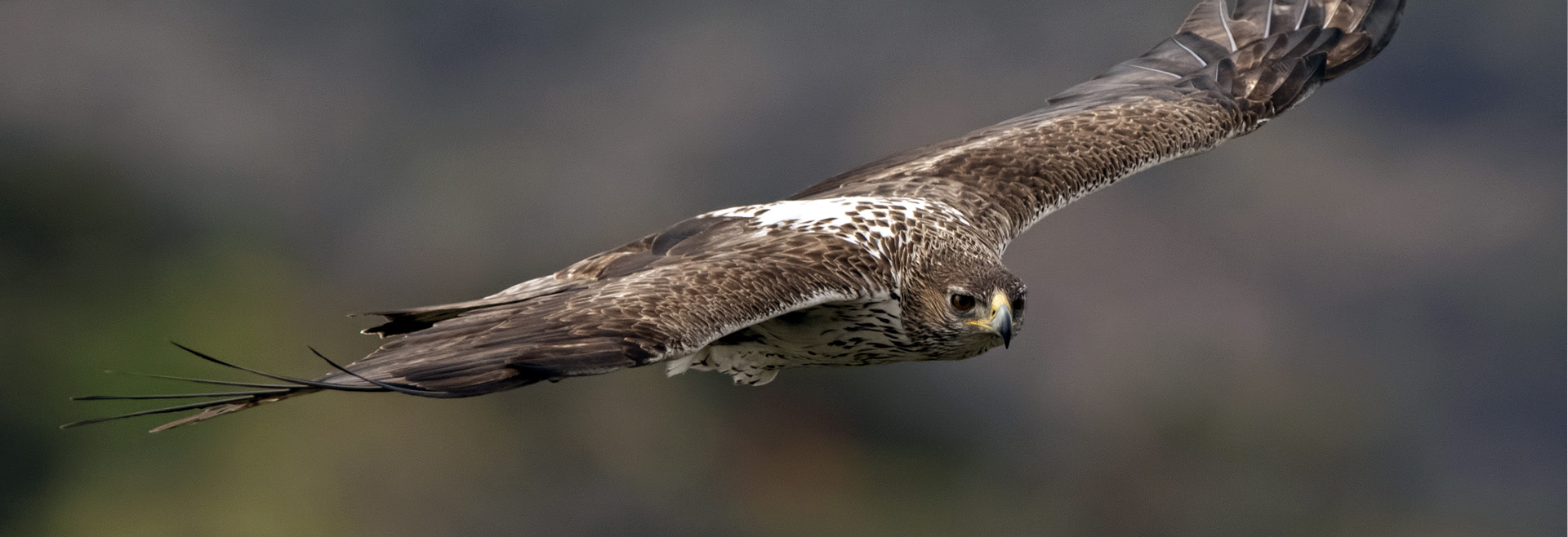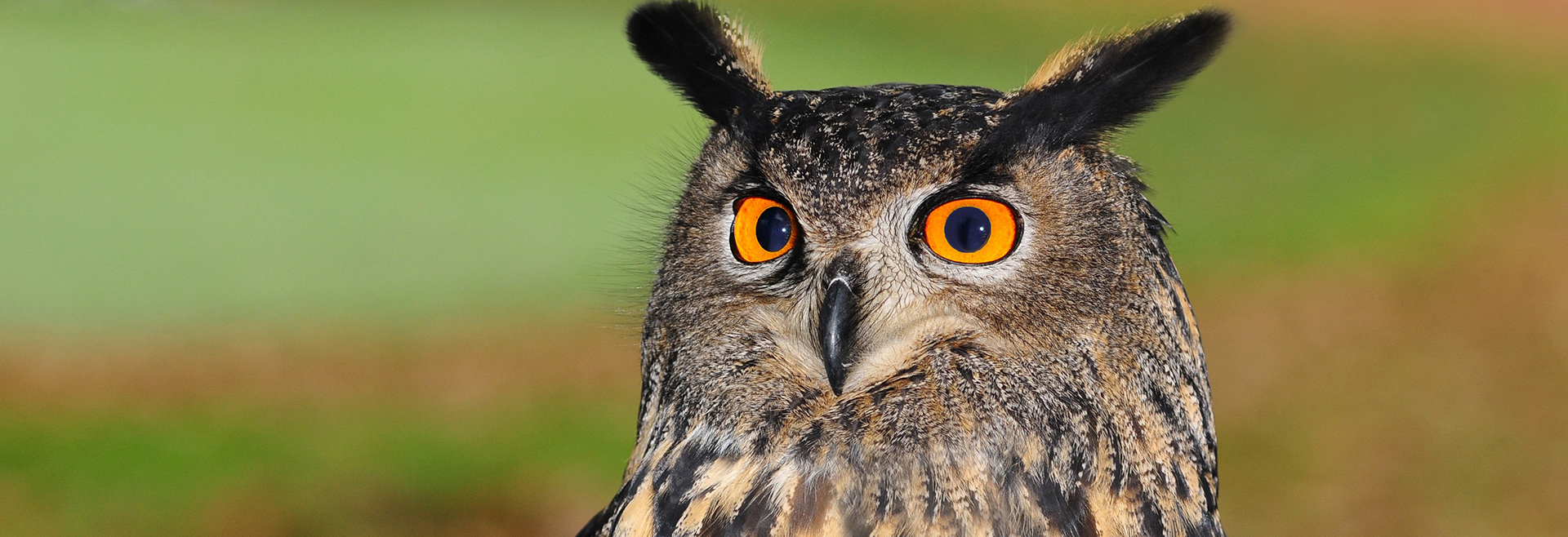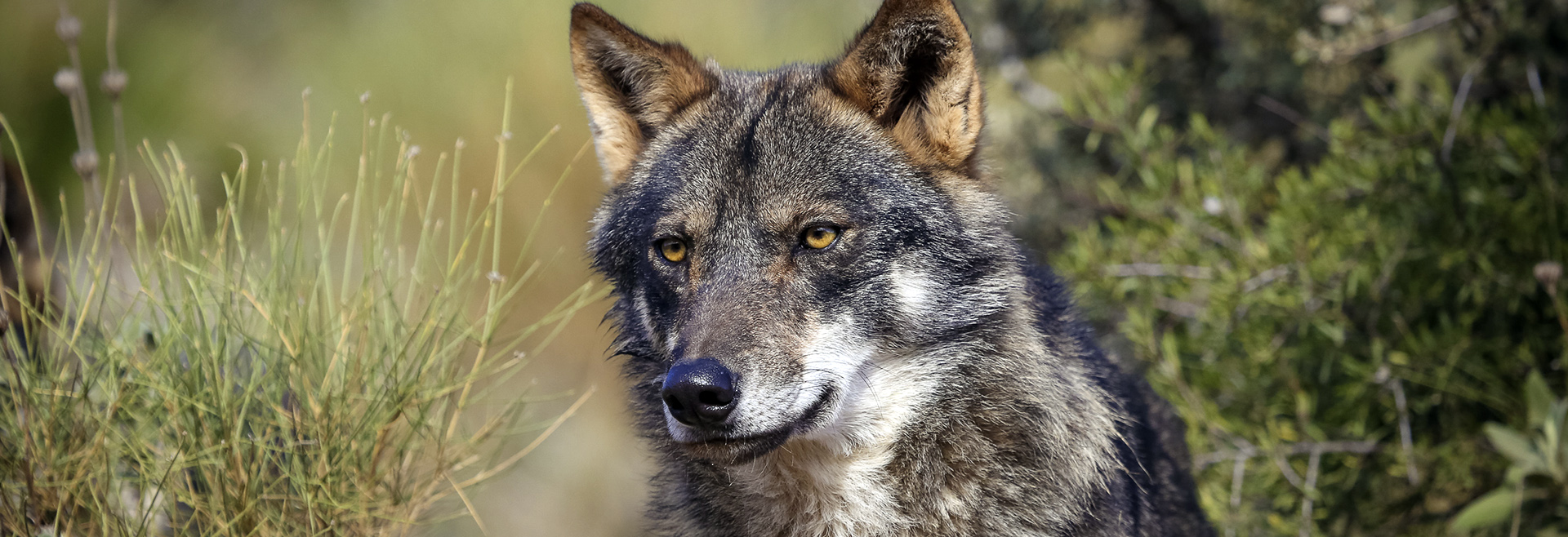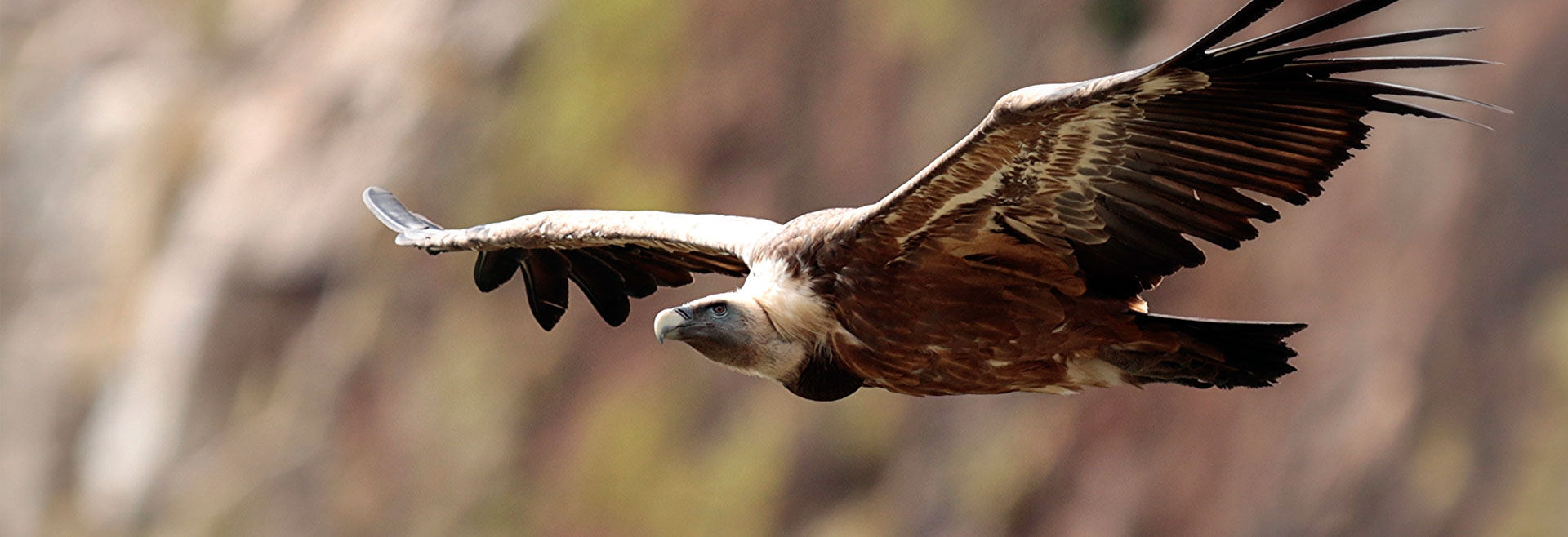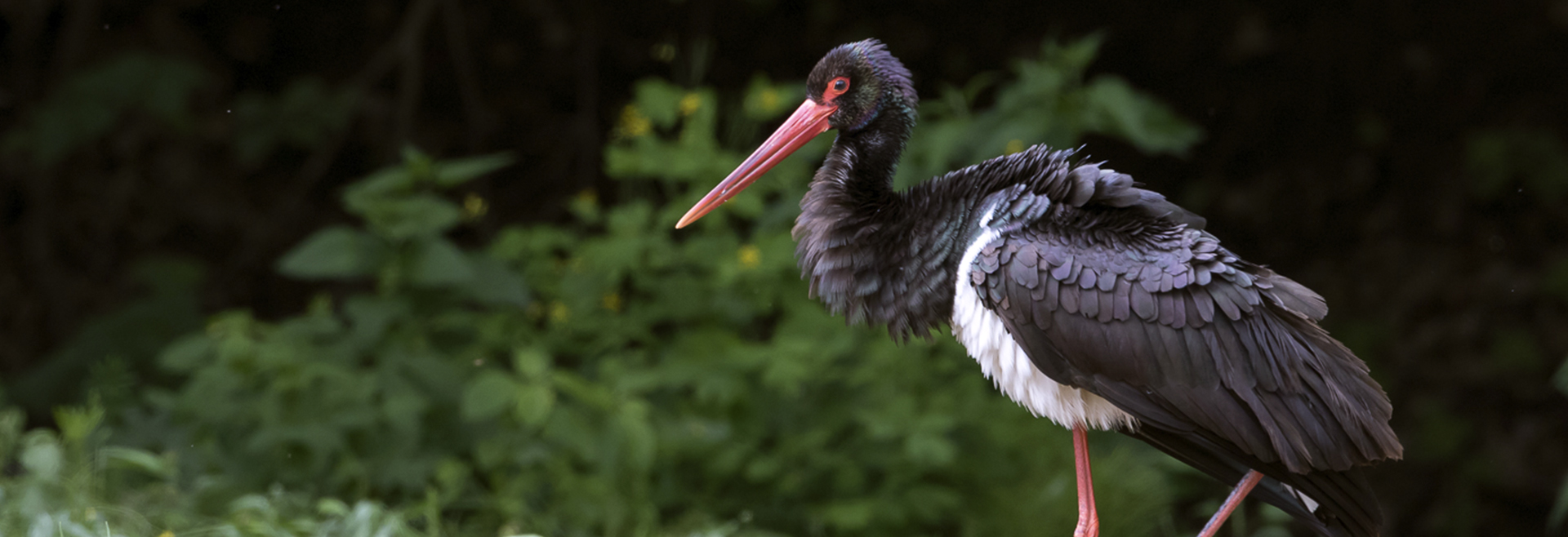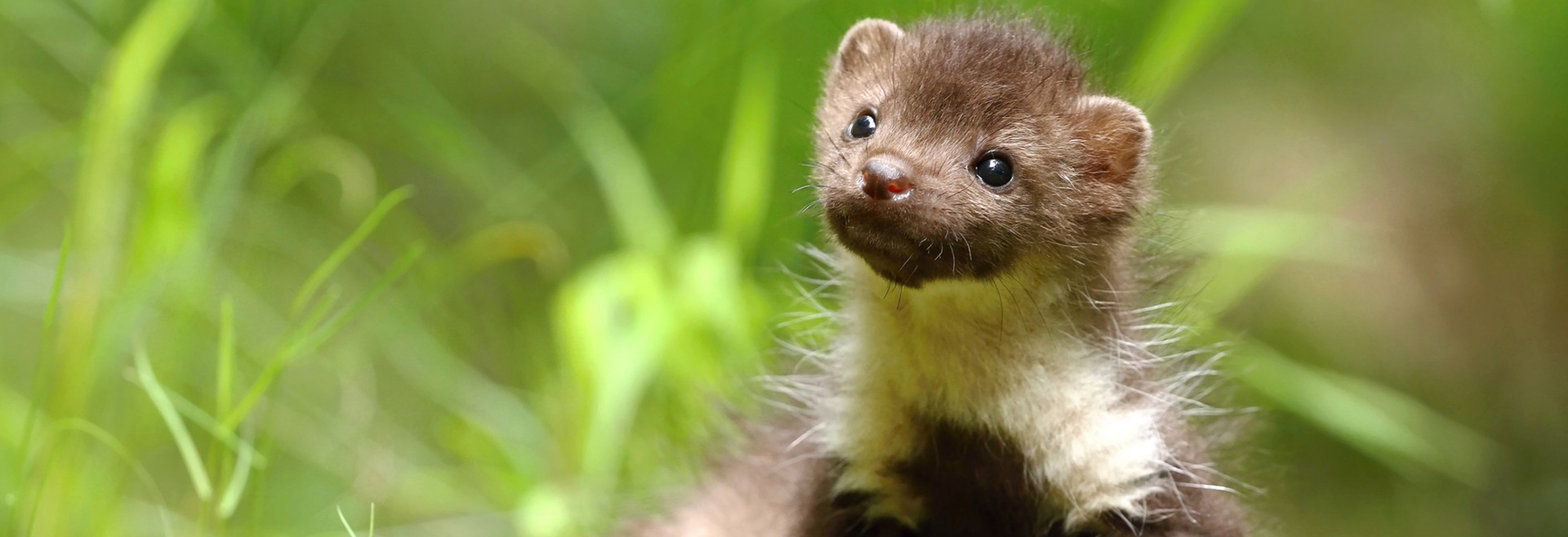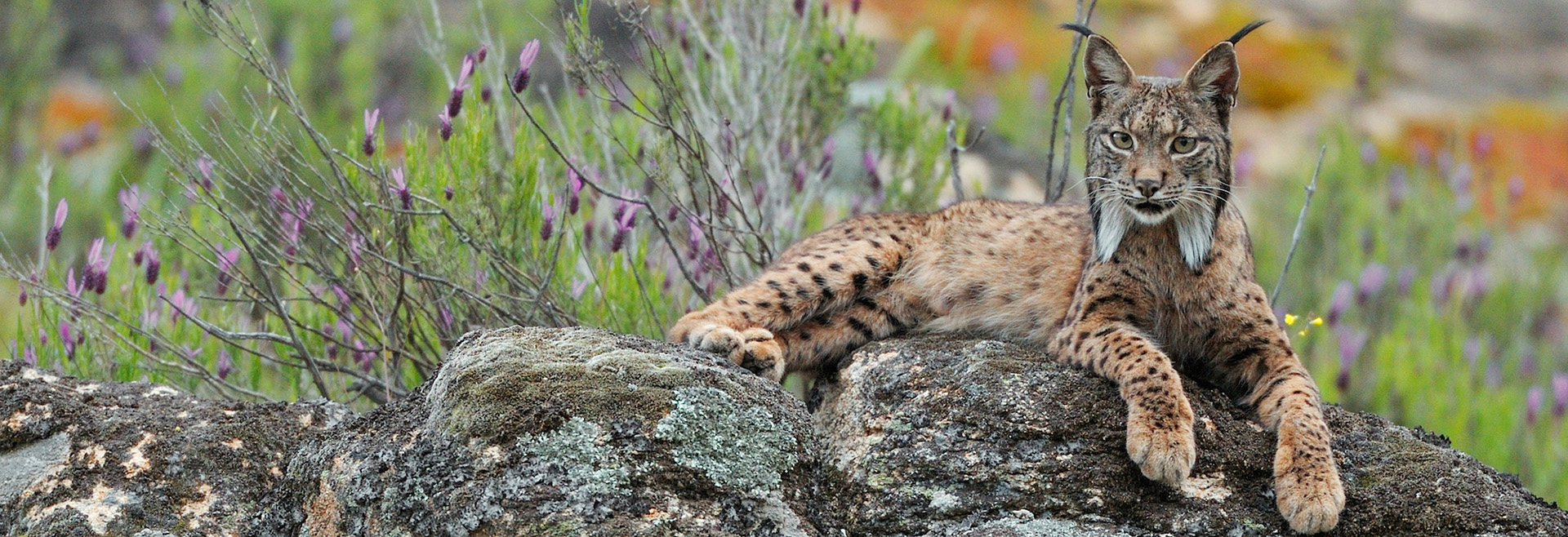Snapshot of Viral Infections in Wild Carnivores Reveals Ubiquity of Parvovirus and Susceptibility of Egyptian Mongoose to Feline Panleukopenia Virus
-
PMID23527182
-
RevistaPLoS One
-
Volume e Páginas8 (3), e59399
The exposure of wild carnivores to viral pathogens, with emphasis on parvovirus (CPV/FPLV), was assessed based on the molecular screening of tissue samples from 128 hunted or accidentally road-killed animals collected in Portugal from 2008 to 2011, including Egyptian mongoose (Herpestes ichneumon, n = 99), red fox (Vulpes vulpes, n = 19), stone marten (Martes foina, n = 3), common genet (Genetta genetta, n = 3) and Eurasian badger (Meles meles, n = 4). A high prevalence of parvovirus DNA (63%) was detected among all surveyed species, particularly in mongooses (58%) and red foxes (79%), along with the presence of CPV/FPLV circulating antibodies that were identified in 90% of a subset of parvovirus-DNA positive samples. Most specimens were extensively autolysed, restricting macro and microscopic investigations for lesion evaluation. Whenever possible to examine, signs of active disease were not present, supporting the hypothesis that the parvovirus vp2 gene fragments detected by real-time PCR possibly correspond to viral DNA reminiscent from previous infections. The molecular characterization of viruses, based on the analysis of the complete or partial sequence of the vp2 gene, allowed typifying three viral strains of mongoose and four red fox’s as feline panleukopenia virus (FPLV) and one stone marten’s as newCPV-2b type. The genetic similarity found between the FPLV viruses from free-ranging and captive wild species originated in Portugal and publicly available comparable sequences, suggests a closer genetic relatedness among FPLV circulating in Portugal. Although the clinical and epidemiological significance of infection could not be established, this study evidences that exposure of sympatric wild carnivores to parvovirus is common and geographically widespread, potentially carrying a risk to susceptible populations at the wildlife-domestic interface and to threatened species, such as the wildcat (Felis silvestris) and the critically endangered Iberian lynx (Lynx pardinus).
-
Palavras-chaveWild Carnivores; Parvovirus; Feline Panleukopenia Virus


